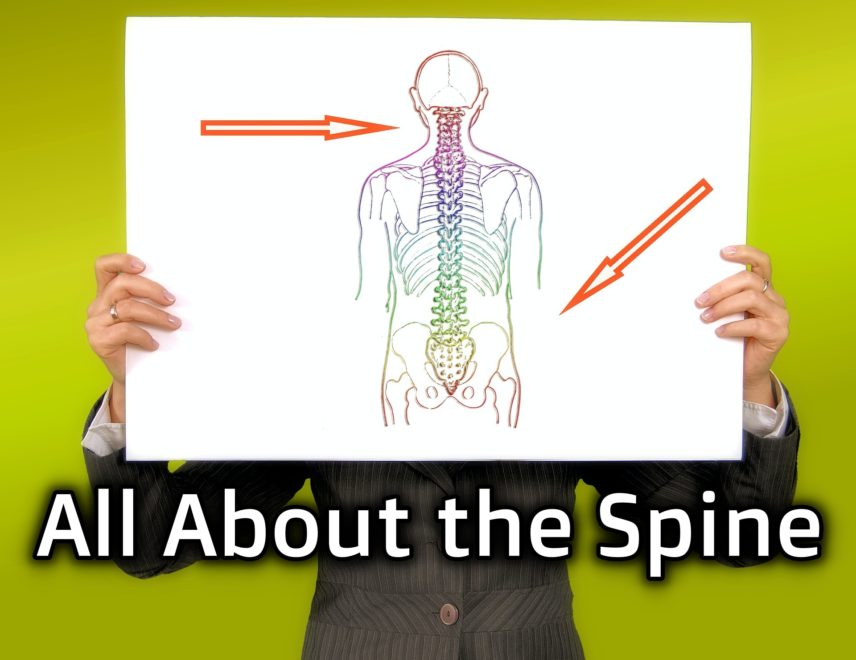Table of Contents
How to maximize your spinal movement
Movement Debrief Episode 118 is in the books. Below is a copy of the video for your viewing pleasure, and audio if you can’t stand looking at me.
Here is the setlist:
- What happens to the thoracic spine and scapulae during inhalation?
- What compensatory strategy is present with a Dowager’s Hump?
- What treatments should one with a Dowager’s Hump focus on?
- What sitting posture is best?
- Should restoring sagittal plane motion allow for rotation to occur, or must you focus on rotation?
- When can the spine present with excessive lumbar flexion?
- What is the action of the lower trapezius on the spine?
- When could recruiting the lower trapezius be useful?
- Is the cat-cow exercise useful?
- How does a spinal fusion impact respiration?
If you want to watch these live, add me on Instagram.
Enjoy!
and the audio version:

 t
tShow notes
Check out Human Matrix promo video below:
Below are some testimonials for the class:
Want to sign up? Click on the following locations below:
August 1st-2nd, Boston, MA (Early bird ends July 5th at 11:55pm!)
September 12th-13th, Montreal, Canada (Early bird ends August 16th at 11:55pm!) [6 CEUs approved for Athletic Therapists by CATA!]
October 3rd-4th, Ann Arbor, MI (Early bird ends September 6th at 11:55pm!)
November 7th-8th, Charlotte, NC (Early bird ends October 11th at 11:55pm!)
November 21st-22nd, San Diego, CA (Early bird ends October 25th at 11:55pm!)
May 1st-2nd, 2021, Minneapolis, MN (Early bird ends April 4th at 11:55pm!)
Atlanta, GA (POSTPONED DUE TO COVID-19)
Dickinson College in Carlisle PA (POSTPONED DUE TO COVID-19) [Approved for 14 Category A CEUs for athletic trainers]
Or check out this little teaser for Human Matrix home study. Best part is if you attend the live course you’ll get this bad boy for free! (Release date not known yet 🙁
Here is a signup for my newsletter to get nearly 5 hours and 50 pages of content, access to my free breathing and body mechanics course, a free acute:chronic workload calculator, basketball conditioning program, podcasts, and weekend learning goodies:
[yikes-mailchimp form=”1″ submit=”Get learning goodies and more”]
Respiratory Action of the Intercostal Muscles
Mechanics of the Respiratory Muscles
Below is a picture of the parasternal intercostals. They are written as “internal intercostals” in the picture.

and below are the external intercostals. The uppermost region of this muscle, the area which expands upon inhalation, is called the dorsal rostral region. Hence, why you’ll hear dorsal rostral expansion.

Here is a great picture of a Dowager’s Hump
All About the Ribcage – Here is where we deep dive into the manubriosternal joint.
Check out a picture of the manubrium’s relationship to the ribcage and spine below

Reaching: Theory and Practice – a great tutorial on all things reaching.
Introduction to Orofacial Myofunctional Therapy Course Review – If you want to learn all things upper airway, meet your god.
Virtual Recovery and Sleep Summit – I have a short presentation on here that goes into a simple progression for attaining a palatal tongue posture. The speak lineup on this is insane, and it’s free! You should definitely give it a shot 😉
The lumbar and sacrum movement pattern during the back squat exercise – This article demonstrates how the lumbar spine becomes kyphotic during the back squat. Prepare to have your mind blown.
The torso integration hypothesis revisited in Homo sapiens: Contributions to the understanding of hominin body shape evolution – This dope article demonstrates how ribcage and ilial structure differs among individuals. We are not the same, I am a martian!
Here is the video where Bill Hartman talks about the negative consequences of classic scapular exercises
Below is a picture showing the anatomical locations of the lower trapezius and the rhomboids:

Here is a video of the cat-cow/cat-camel exercise
Check out the reach, roll, and lift exercise, fam
The 2020 Online Human Performance Summit – This summit features yours truly and several other big names in our field. Join the live stream, it’s only $15!
Thoracic spine position during inhalation
Hey man what’s the deal with this? When I inhale the diaphragm descends and ideally, the sacrum counternutates to accept the viscera and all the pelvis mechanics follow.
Let’s talk spinal inhalation. The lumbar spine should be able to accept some of that viscera and expand (i.e. reverse its lordotic curve). Otherwise, the counternutation wouldn’t happen.
Should the rest of the spine move into Flexion or would they spine move more into extension at thoracic spine?
I just heard someone say the thoracic spine would extend on inhalation and I was torn, so I was like, “I gotta ask ZC about this.”
I’m thinking lower ribs would bucket handle, sternum would pump handle, scaps should abduct, upwardly rotate, and IR (?) So what’s the dealio?
Dowager’s Hump
I am struggling to understand what could be going on with a Dowager’s Hump. Could you explain what you’d expect going on with it and what the expected limitations would be on the table? Maybe some initial exercise prescription based on expected limitations?
What is the best sitting posture?
Is it okay to sit in flexion?
What is a swayback posture?
Is the swayback posture a similar compensation to a Dowager’s hump?
Which motion plane should be restored first in the lumbar spine?
Does restoring more “neutral” lordosis allow for better spinal rotation naturally, or do you have clients perform bottom-up and or top-down rotation mobility exercises?
Excessive lumbar flexion?
Do I ever see issues with excessive flexibility into lumbar flexion as an adaptation to a concentric strategy in the thorax
What influence does the lower trapezius have on the spine?
I’m wondering about the role of the lower traps in relation to compression of the upper back and lower neck (like I have).
I watched Bill talk about Is, Ts, and Ys being counterproductive usually in wide ISA people who are compressed up top, but are there situations where lower traps can be useful anyway for such people? The normie PTs always say to use lower traps to help “shut off” the upper traps and I’m wondering what mechanism they’re even referring to…
The cat-cow exercise
Thoughts on cat-cow exercise? Useful for breathing mechanics? Useful for fluid slushing?
How does a spinal fusion impact breathing?
How would a spinal fusion effect one’s breathing?
Sum Up
- During inhalation, expansion occurs in the bottom-front part (parasternal intercostals) and upper posterior aspect (dorsal rostral intercostals) of the ribcage.
- A Dowager’s hump is an upper thoracic/cervical curve exaggeration likely secondary to an exhaled posterior thorax and manubrium. Treatment should focus on stacking and driving progressive ribcage expansion from the bottom-up.
- The best sitting posture is one that is constantly changing.
- A swayback posture involves the thorax shifting posteriorly and the pelvis translating anteriorly
- Working on stacking is easier than shifting and rotating. Attack these movements in that order.
- Excessive lumbar flexion could occur secondary to concentric orientation anteriorly.
- Lower trapezius is useful for driving dorsal rostral expansion when done unilaterally.
- The cat-cow exercise is useful for driving multi-segmental inhalation/exhalation mechanics, but most people hinge at specific areas.
- Spinal fusions will limit full respiratory excursion, though favorable movement changes can still occur.

